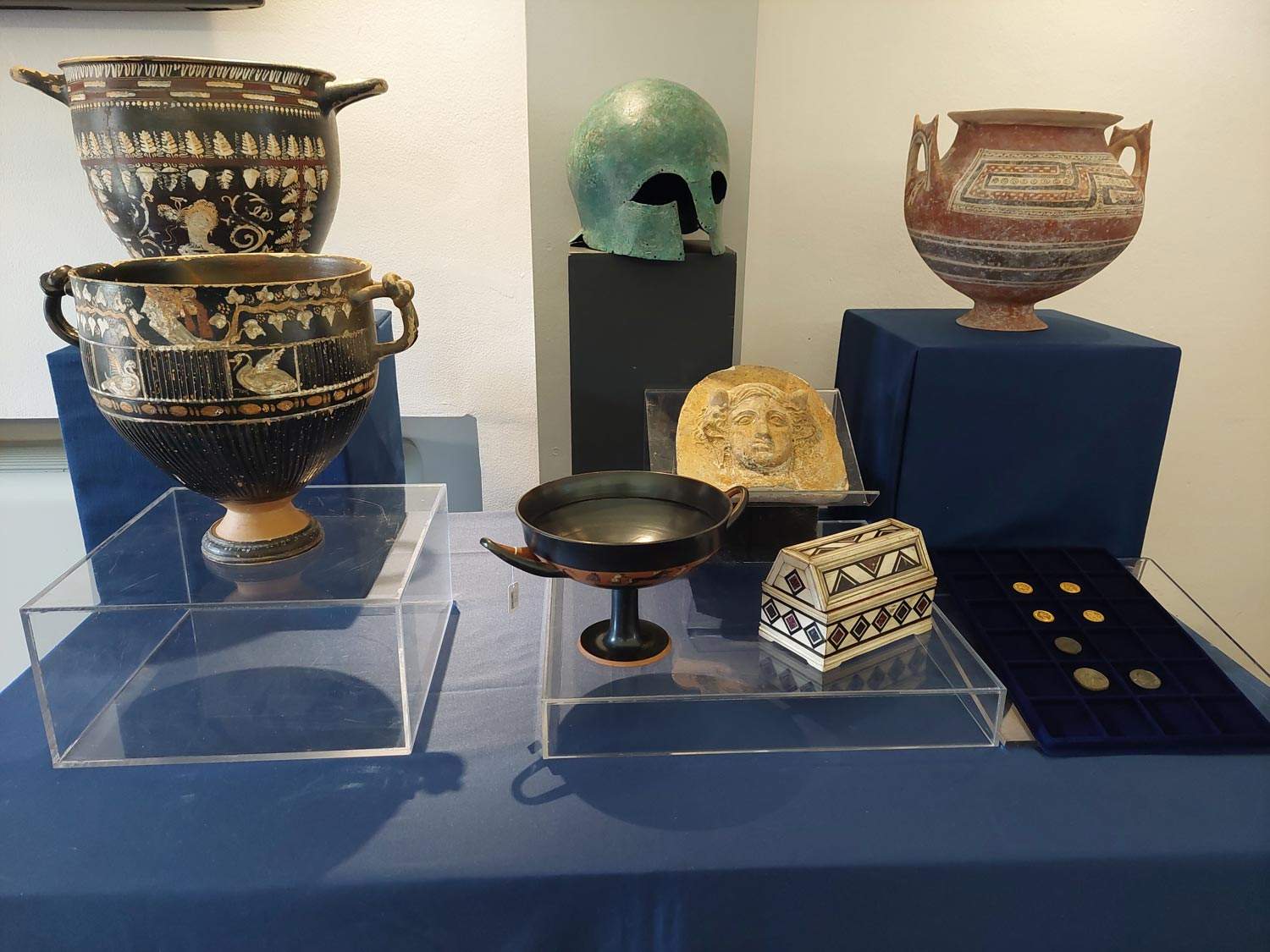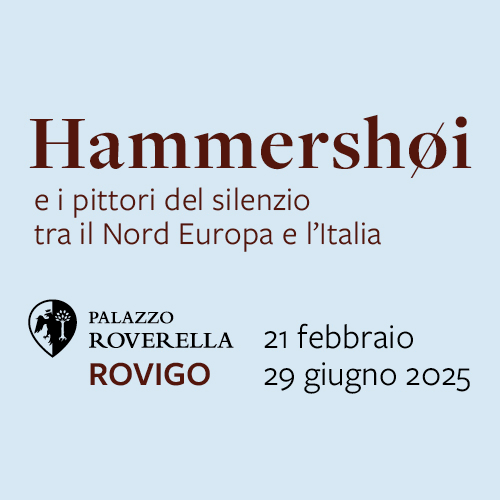Germany returns 14 stolen cultural goods to Italy, some from museums
Important return toItaly by Germany. In fact, thanks to the work of the Carabinieri Tutela Patrimonio Culturale, 14 cultural goods of considerable economic and cultural value, proceeds of various criminal activities, which had ended up in Bavaria, are returning to our country. The seizure and final handover of the 14 artifacts is the result of the cooperation between the International Cooperation personnel of the Carabinieri TPC Command and the BLKA in Munich, Germany, as well as the coordination between the respective Ministries of Culture. The return of the ancient artifacts concludes several judicial police investigations carried out by the Carabinieri Cultural Heritage Protection Command.
These are ancient objects: the oldest is an Attic black-figure kylix from 540-530 B.C., attributed to the “Small Masters Group.” It was spotted in 2019 in Munich by the Data Processing Section of the Carabinieri Tutela Patrimonio Culturale, where it was for sale at auction, clandestinely exported by a known Canadian criminal. Then there are a Corinthian bronze helmet dating back to the 4th century B.C., 3 Roman bronze coins (68 B.C.-3rd century B.C.) and a Tarentine antefix from the 4th century B.C., all of which were seized in Munich where they were in the possession of a multiple convicted Italian citizen. The five artifacts, proceeds of recent clandestine excavation activities that took place in Apulia and were illegally exported, were the subject of criminal claims by the Taranto prosecutor’s office.
Also part of the group of objects is an ivory and wood casket from the Embriachi workshop: In 2020 it was located in Munich where it was for sale at a well-known auction house. In this case, it is the proceeds of the theft that took place between October 10 and 18, 2006 from the Museum of Ancient Art in the Pinacoteca del Castello Sforzesco in Milan. Still, there are a Biansate Peuceta olla (7th-6th century B.C.), an Apulian skyphos and a Biansate Apulian cup both in the style of Gnathia (4th century B.C.), located in 2022 on the website of a well-known auction house in Munich, and the subject of a confiscation order resulting from other criminal proceedings, issued in 2008 by the Giudice delle Indagini Preliminari at the Ordinary Court of Rome.
The nucleus of objects is completed by some gold coins all stolen in 2009 from the National Archaeological Museum in Parma: a solid of Valentinian II from the mint of Mediolanum (378-383 AD.) located in Switzerland in 2017 (the coin had been purchased by a German citizen, residing in Munich, where it was later seized and returned following an administrative claim made in 2022 by the Italian Ministry of Culture), a solid of Valentinian II from the mint of Trier (367-375) and a solid of Valentinian II from the mint of Trier (388-392) located in 2018 in aMunich auction, and another solid of Valentinian II from the Trier mint, also located in a Munich auction in 2019. All these three coins were seized at the request of the Court of Parma and administrative claim of the Italian Ministry of Culture.
Today’s return testifies to the importance of the international relations established over time between the two Police Forces as well as between the respective Ministries of Culture, whose collaboration, made it possible to arrive at today’s excellent result, namely the return of priceless cultural assets that had been stolen from the Italian cultural heritage.
Fundamental was the work of cataloging and census of the photographic images of cultural goods to be searched, which flow daily into the “Database of Illicitly Misappropriated Cultural Goods” of the Ministry of Culture and managed by the Carabinieri dell’Arte. The world’s largest database of its kind, with more than 1.3 million files related to works to be searched, is the key tool for recovering cultural property even after a long time.
 |
| Germany returns 14 stolen cultural goods to Italy, some from museums |
Warning: the translation into English of the original Italian article was created using automatic tools. We undertake to review all articles, but we do not guarantee the total absence of inaccuracies in the translation due to the program. You can find the original by clicking on the ITA button. If you find any mistake,please contact us.
































